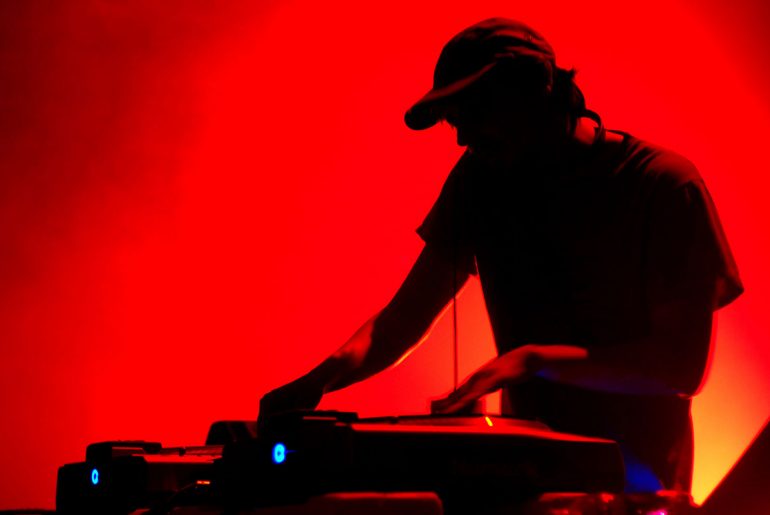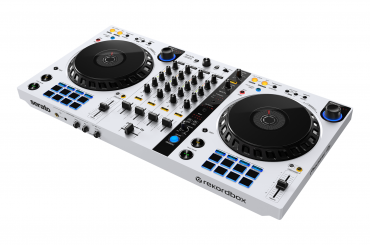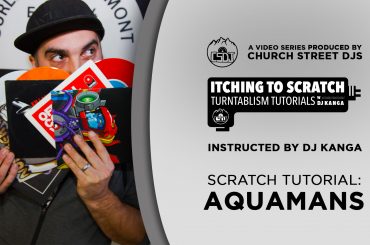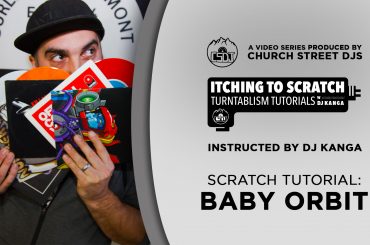You want to learn how to DJ? Then let’s talk about mixing — as in the DJ kind of mixing. Beatmixing.
As a longtime DJ myself, I find it curious that, even after the 40-plus years that beatmixing has been synonymous with DJing, some modern jocks find the practice unnecessary. Some suggest that the differentiating value of a DJ is in the MCing.
For those who do find beatmixing relevant or even a subject of curiosity, keep up with me.
I am a fan of beatmixing, a huge proponent. Even before I decided to become a DJ, the mix was part of my musical psyche. I can still remember listening to shows on New York City radio featuring DJ-legends like Shep Pettibone, Jellybean Benitez, Tony Humphries and David Morales. I was captivated and mesmerized by the way these masters presented the songs I heard during the day, but in new and exciting ways. I could literally feel the energy coming through the airwaves. When I did decide to be a DJ, that collection of mixes was the blueprint for me as to how a DJ should sound.
The Semantics of Mixing
Mixing is usually performed live in front of an audience in a nightclub or for a party setting. Mixing is also performed live on radio or recorded in a studio. When a DJ is mixing, the DJ is creating a sequence of musical tracks mixed together to appear as one continuous track. Endless. Stable. Uninterrupted. Unfaltering. Seamless. The main reason the DJ uses the mixing/blending of songs is to keep dancers on the dancefloor.
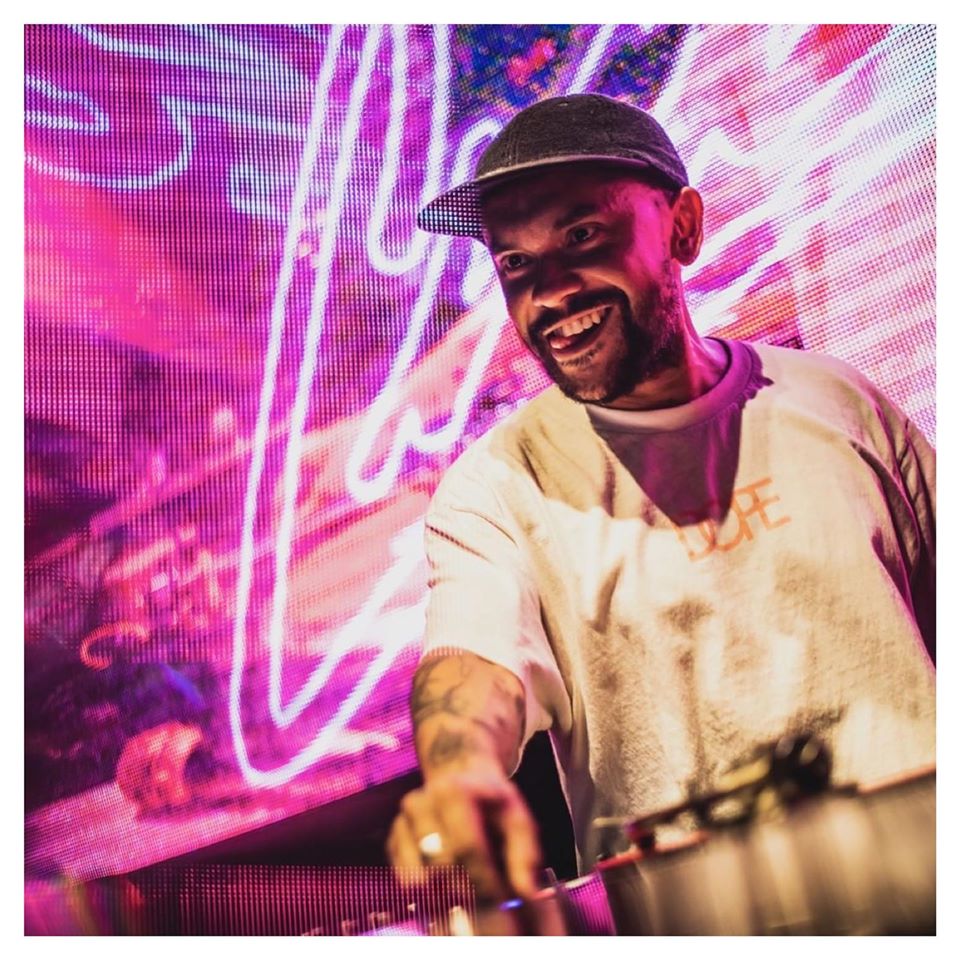
Methods of mixing vary depending on the music being played. Dance-music DJs strive for smooth, blended mixes, while hip-hop DJs use cutting, scratching and turntablism techniques.
Read More: 2019 — The Year in DJ Mixers (and Controllers)
Further enhancement to mixing can be achieved with harmonic mixing, which focuses on complementary keys and melodies while avoiding dissonant/clashing tones during a mix.
The progression of the mix is a dynamic process:
1. Tracks are chosen in response to the activity on the dancefloor.
2. If the dancefloor becomes less active, the DJ will make a judgement as to what track will increase dancefloor response.
3. Tracks are selected, in part, in relation to where the DJ wants to take the audience. The resulting mix is achieved through a symbiotic relationship between audience and DJ.
DJ software can provide Beats Per Minute, automatic mixing, and key detection, which simplifies harmonic mixing. DJ software that has allowed automatic mixing has led to debates regarding the use of this automation. But that’s another topic for another article.
So there you have a “clinical” gloss over of what mixing is. I don’t want to end the conversation here. Oh no… I want to go deeper. I want to tap into the “why” of mixing. I want to explore the cerebral side of mixing. Dig into the mental side, understand it, then be creative and have fun with it. Before we go tapping into people’s cerebellums, let’s start at the beginning…
The Rules: How to DJ
There are five rules you need to know about mixing. If you want to take your segues to the next level, this is what you need to know:
- Know your music.
- Know your music.
- Know your music.
- Practice
- Know your music.
I can’t stress that enough. You have to know your music. The tracks you use are the building blocks of the sets you create. You can’t create a fluid set if you don’t have a command of the tracks you’re going to use. Do you need to memorize every song made? No. That would help, but not necessary.
“I want to tap into the ‘why’ of mixing. I want to explore the cerebral side of mixing.”
What is necessary is that you familiarize yourself with:
1. How songs are constructed.
2. How a song flows.
3. How a song is formatted.
4. How instruments sound when they are layered together.
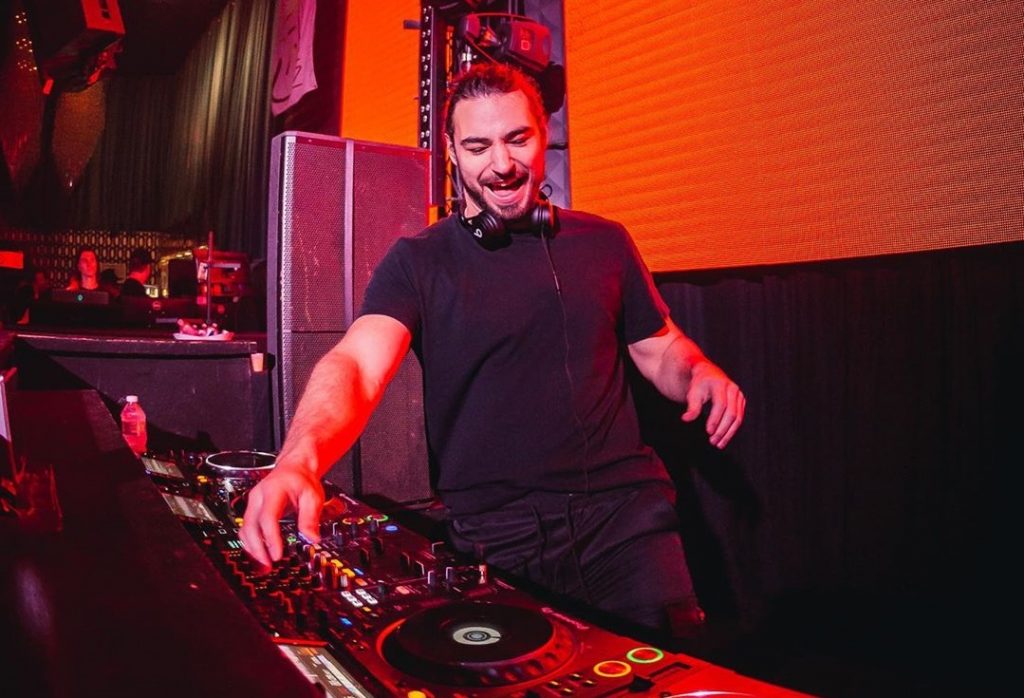
Do you need to be a musician to be a DJ or mix properly? No. But you do need to have an ear for harmonies, melodies, complementary and symbiotic sonic characters. You also need to have an ear for the sonic properties of what clashes and what is incongruent. That is just as important. So in plain English… you need to learn/know what sounds good together and what sounds bad together. The good stuff you repeat, the bad stuff you don’t.
“Do you need to be a musician to be a DJ or mix properly? No.”
One needs to be a student of sound and structure. There was a great scene in the James Brown bio pic, “Get On Up,” that illustrates this. He has the band in for rehearsal and there’s some confusion with the arrangement. Mr. Brown says: “If it sounds good and it feels good, then it’s musical.”
Who can argue with that? Truth be told, one doesn’t have to get caught up in the minutiae of keys, bars, or tempos, once you instinctively understand what you’re dealing with.
Song Structure
Modern songs are broken down into segments of 32 bars. Typical song structure is as follows:
Intro – 2/4/8/16/32 bars
(Optional Hook/Chorus) – 32 bars
First Verse – 32 bars
Hook/Chorus – 32 bars
Second Verse – 32 bars
(Optional Bridge) – 4/8/16 bars
Hook/Chorus – 32 bars
(Optional extra verse + Hook/Chorus) – 32 bars * 2
Outro – 8/16/32 bars
Once you’ve recognized this structure/pattern, you can start to break it down and manipulate it. You look/listen for replicated patterns. The Hooks/Chorus are usually the same. Your basic segues will occur during the Outro of the song ending (going out) and the Intro of the song’s beginning (coming in).
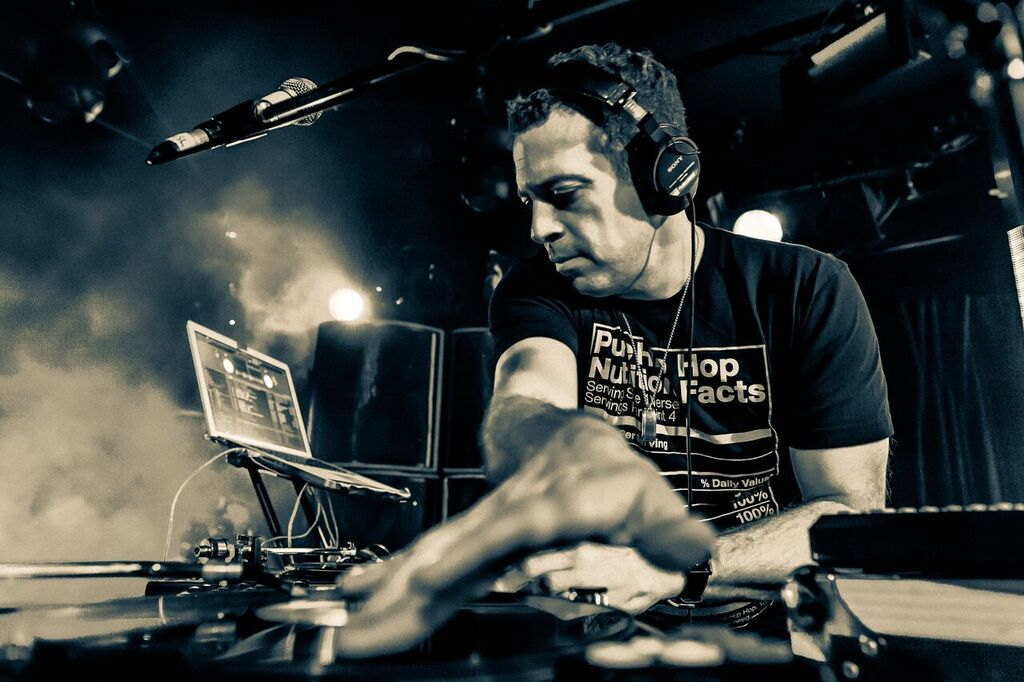
But where the fun is, where the (potential) magic happens, is when you start your layering/mixing within the different sections of the track. This is where “knowing your music” becomes imperative. The structure of a remix (formally the 12-inch remix, or currently the extended remix) doesn’t depart too far from the above example. What’s different is the remix is structured in such a way that it’s more DJ- and dancefloor-friendly. The extended mix has sections specifically constructed for us, the DJs. We should use them!
“Where the fun is, where the (potential) magic happens, is when you start your layering/mixing within the different sections of the track.”
The remix is a common structure as well, but there are lots of variations. Once you discover the structure of the song/remix, you can layer new Intros on the current song so that the vocal(s) of the current song coincide with the Intro of the song you’re mixing. Make sure there are no vocals in the Intro (or other parts), otherwise it will clash. This is generally known as phrasing.
I’ve read where DJs shy away from dance mixes because they don’t know what to do with the breakdown when it comes in. The breakdown is after the Intro and before the first verse. It’s the part where the track becomes minimalistic, stripped-down, ambient, and devoid of the drums. It’s the part the radio stations keep out. These parts shouldn’t be scary, or shunned. They should be embraced and are fertile areas for creativity and individualism.
“Some DJs shy away from dance mixes because they don’t know what to do with the breakdown when it comes in.”
This is where I want to dig… in the creative technique, the creative process. I think people forget, or more pointedly, people dismiss how much time goes into a discipline before one becomes proficient at it. We turn on our TVs and see the NFL players do amazing things. We forget that it takes years of work, dedication, and practice to attain that level of proficiency.
Putting in Work
The same work ethic can be put towards DJing. The same mindset can be put towards mixing. One can’t be creative without a concrete foundation or command of the fundamentals.
Some people think creativity is freedom. I think it’s more spontaneous improvising, rooted within the confines of mastering fundamentals.
Pop culture states that it takes 10,000 hours to master a task. That’s 1.14 years (thanks, Google). Put in perspective, at four hours a day, five times a week, that comes to 500 weeks or nine years and seven months.
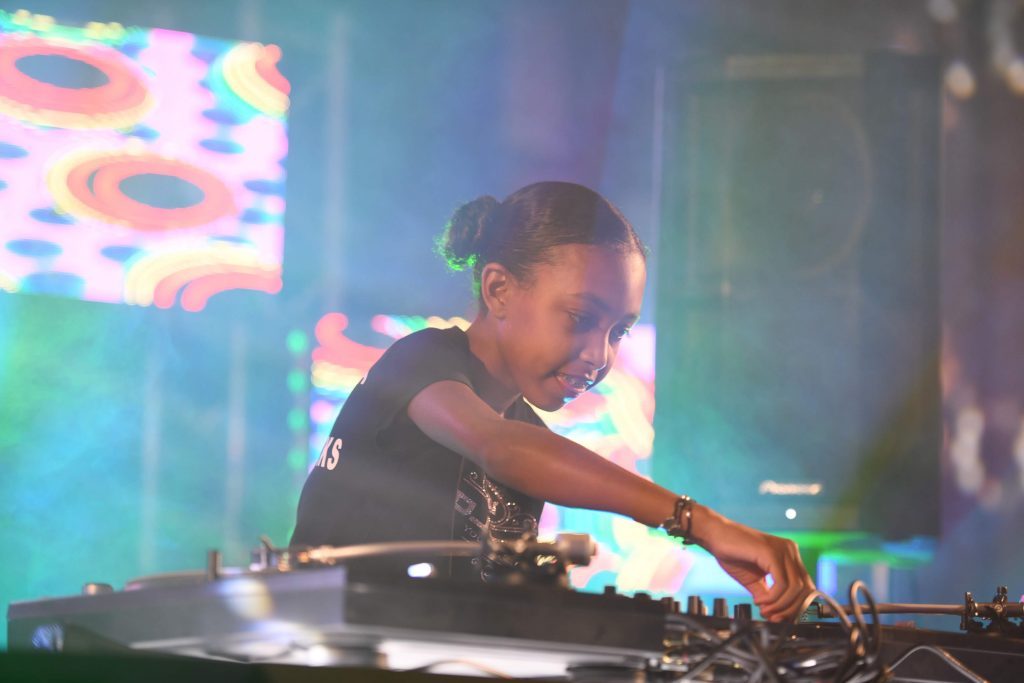
So for those who think mixing is easy, bland, boring, or passé, you need to put the time in to reap the benefits—just like anything in life. Allow me to also add that it’s not just putting the time in. Practice alone doesn’t make you a master. You have to put yourself into the environment to facilitate mixing. You got to be in it to win it.
Read More: Reading and rotating your dancefloor
One of the games my boys and I would play when we DJs would get together is the 30-second game. That would consist of us going round robin with the playing DJ being fed a record… any record. You had no idea what someone would give you, and you had 30 seconds to mix it in. Once it was mixed in, the next DJ would get behind the decks and the process would start over.
You didn’t want to mess up because you’d be the butt of jokes until the next guy screwed up. This game taught us so many things. But the main thing it taught me, other than my DJ friends had at times a twisted sense of testing your mettle, was to use all my senses to get that mix in there. It gave me an invaluable foundation to explore.
The Lessons
What have we learned? If you want to be creative, you better have sound fundamentals. You have to put yourself in the mindset of trying new things. You have to practice so that new things become commonplace. And the most important thing… know your music.
Now get out there and mix.
Mix Beats: The Basics
Mixing is the skill of taking two (or more) pieces of music and combining them into a single work.
The principal technique for mixing music is beatmatching, in which a DJ synchronizes the beats of two songs. Let’s take a quick peek at some of these basic components.
Beatmatching: This is a technique used to align the beats of two songs so that they are in sync with each other. In order for the beats to be in sync, a couple of things must be true:
- The two songs are playing at the same tempo/BPM (Beats Per Minute)
- The beats must be in phase – i.e., the rhythmic notes (bass drum, snare drum, etc.) occur at the same times.
Crossfade meaning: This is a technique for transitioning from one song to another during a mix, used together with beatmatching. The usual pattern of mixing music is to have a single song playing, bringing a second song in so that both songs are playing simultaneously, and then fading out the first song so that only the second song is playing.
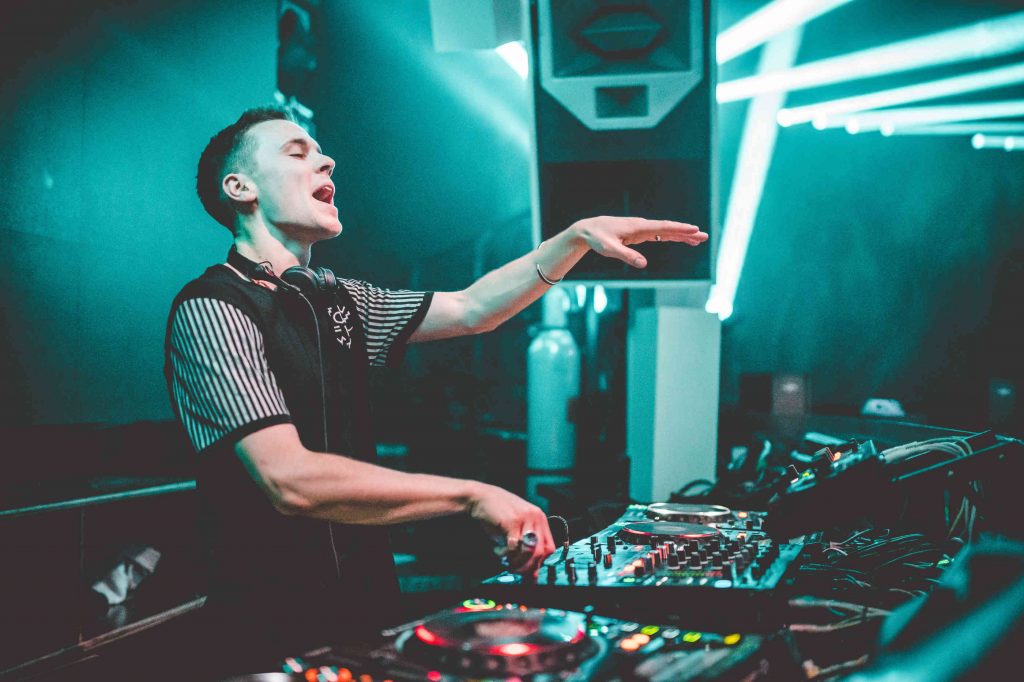
A crossfade is accomplished using the crossfader – a slider that varies the volumes between two audio channels. The crossfader is usually located in the center of the mixer. When the slider is positioned to the left, the song on the left deck will be heard. When the slider is positioned to the right, the song on the right deck will be heard. When the crossfader is positioned in the center, both songs/decks will be heard.
Crossfade meaning: A technique for transitioning from one song to another during a mix, used together with beat matching.
To perform a crossfade from the song on the left deck to the song on the right deck:
Position the crossfader to the extreme left so that only the song on the left deck is playing.
Beatmatch the two songs and align the right song with the left song at the point where you would like to perform the crossfade. (See the next section for tips on how to choose the crossfade point.)
When playback reaches the moment you wish to bring in the right song/deck, move the crossfader into the center position.
When playback reaches the time you wish to fade out the left song/deck, move the crossfader all the way to the right.
Choosing the Mix Point: The previous section explains how to perform a crossfade from one song into another, but it does not explain how to align two songs to produce a good mix. In order to choose a good alignment, it’s important to understand how songs are structured.
If you take a look at song annotations, you will notice that most sections are 8 bars or measures in length, or equivalently, 32 beats in songs with 4 bars per beat. There are exceptions, but most music you will encounter follows this pattern: songs are broken into 8-bar/32-beat sections. It is on those sections where you will want to fade in one song or fade out another.
So, when mixing, align the sections of the two songs and then fade in and out within those sections.
Mix Beats: In order to choose a good alignment, it’s important to understand how songs are structured.
In addition to aligning songs in their phrase sections, there are some rules of thumb for selecting the phrase types during which to perform a crossfade. There is much flexibility on where you choose to do a fade, but you should generally avoid fading when both songs have vocals. Intros, Choruses, Breaks, Instrumentals, and Outros are the best sections to do a fade. Verses are almost always a bad time to do a fade.
Some examples of good combinations of section types for a crossfade:
- Intro over Chorus
- Intro over Break
- Intro over Instrumental
- Intro over Outro
- Chorus over Break
- Chorus over Outro
- Looping
Looping: Select the section of audio you want to loop (usually 2 bars/8 beats). Once you have obtained your loop section, you have some freedom to mix in your songs. You can essentially create your own break. This is helpful when some songs don’t have a long enough section to facilitate a nice transition. Looping also helps when you’re running out of time. Grab a loop and make that nice transition.
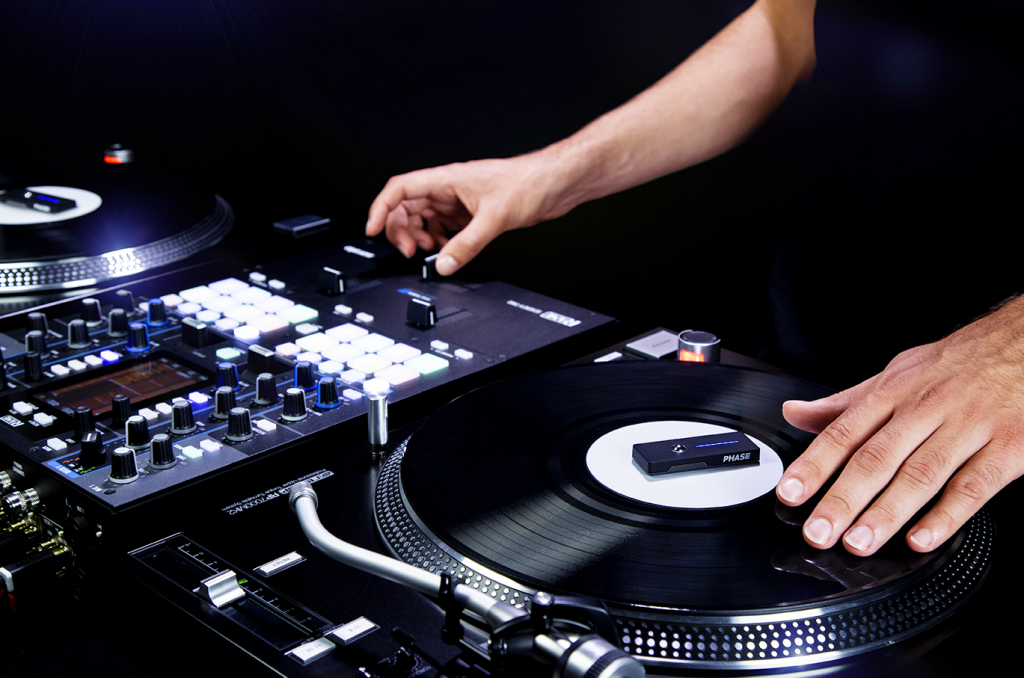
Cue Points: These can be created to mark particular times in a song. Where is the first beat? Where is the breakdown? Where do the vocals come in?
Cue points can be used as visual cues or, when triggered, playback will seek the time marked by the cue point. Cue points are important because they can assist you in the location of the song.
Back in the day, you could look at the groove of a 12-inch single and you could visually tell when different sections or parts of a song were coming up. You can’t really do that on a digital music file, so cue points are your friends.
Want to learn more about how to take a deeper look at the contents of your music library and to understand which parts of a track will elicit the biggest responses? Join us on August 10-13, 2020 at Harrah’s in Atlantic City for the DJ Expo, the oldest and largest DJ show in the world. More info here.


